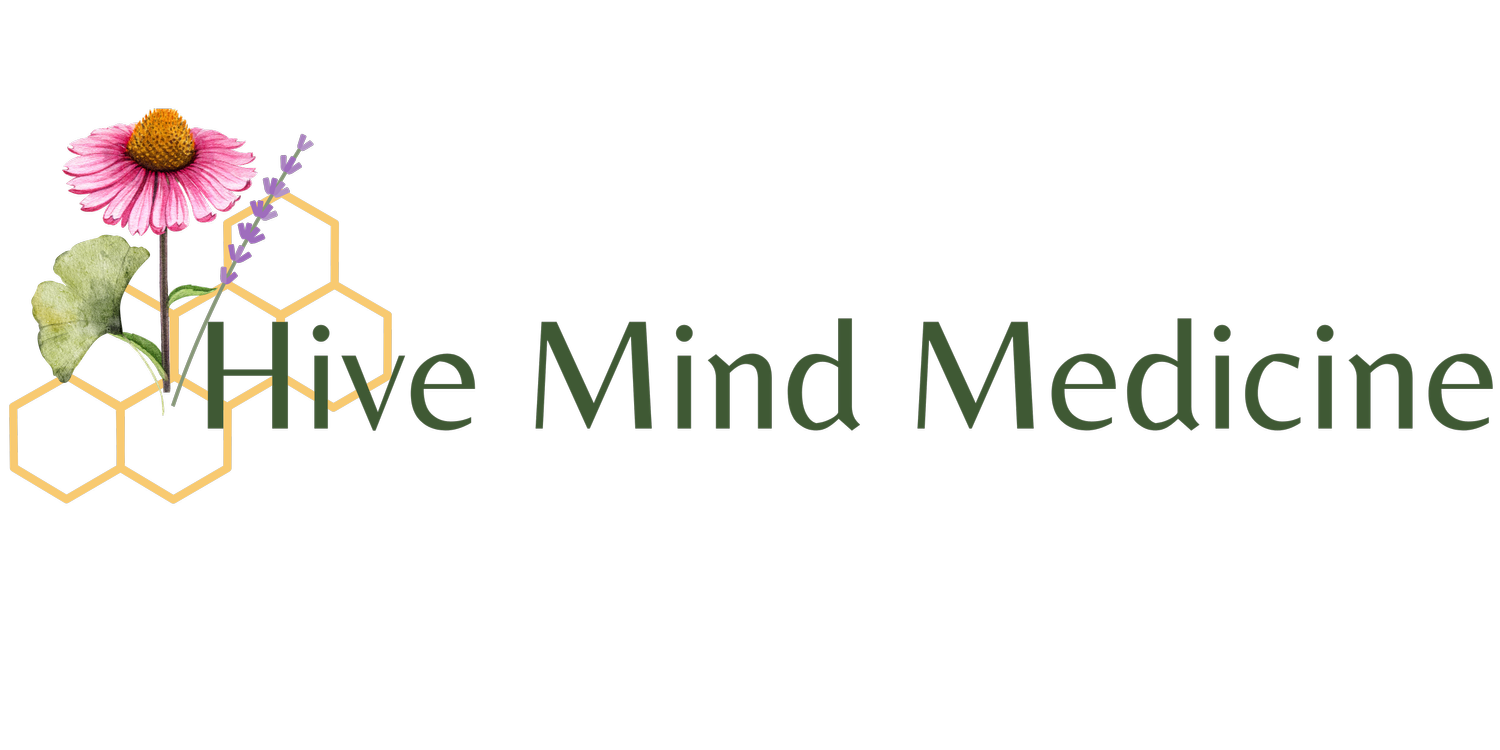Applied Kinesiology - Messages From the Muscles
by Steven Sandberg-Lewis, ND, DHANP
During an in-person intake, after taking a patient’s history and listening to their health concerns, I conduct a physical exam. In addition to the standard physical exams, I use applied kinesiology to guide my thought process in determining which diagnostic lab or imaging tests I may order for the patient.
Kinesiology is the study of physical movement and muscles. Applied kinesiology uses the relationships among various muscles and internal body organs to get hints about where to focus to uncover the causes of disease or dysfunction. For instance, a relative weakness in the outer abdominal muscles may reveal an issue with the small intestine. A relative weakness in the triceps muscle of the arm may point to the pancreas; while the two parts of the pectoralis muscle in the upper chest may indicate either a stomach or a liver issue.
Once a weakness is found - often one-sided for right and left muscle pairs - I demonstrate to the patient how to stimulate a reflex point that corresponds to the organ in question. If the stimulation strengthens the previously weak muscle, the organ-muscle relationship is confirmed, but if the muscle was weakened due to injury or nerve dysfunction such as a spinal nerve impingement, stimulating the reflex point will not strengthen the muscle.
I use applied kinesiology to test multiple muscle/organ pairings. This gives me clues about further testing we may order to reveal otherwise hidden causes of a patient’s digestive problems. The organs I most commonly test in this way include stomach, small intestine, colon and rectum, pancreas, liver, gall bladder, thyroid and adrenal glands. I also check for reproductive, dental and sinus issues, as well as emotional origins for organ dysfunction.
Another test I find useful is to observe the soft palate while the patient says, “ahh.” If one or both sides fail to rise briskly, it tells me the vagus nerve is functioning less effectively in its multiple roles controlling the digestive tract. A variety of exercises and treatments are available to improve vagal function.
In addition to being guided to further testing, I also often uncover areas of tension or contraction in the weak muscle. I use myofascial release massage which can rapidly restore the integrity of the muscle. I call this approach Reflex Directed Bodywork.
Steven Sandberg-Lewis, ND, DHANP, has been in clinical practice since his 1978 graduation from NUNM. He has been a professor since 1985, teaching a variety of courses but primarily focusing on gastroenterology and GI physical medicine.
Hive Mind Medicine blog posts are for educational purposes only and are not intended as medical advice. Please consult with your health care practitioner for personalized guidance.
